-
How to treat scale on plants?
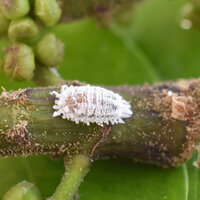
Have you noticed small, whitish or greyish insects infesting your plants? Unfortunately, it's likely that they are mealybugs (Dactylopius coccus), a notorious plant pest that feeds on plant sap, causing significant damage. Native to the Americas, these insects are a common problem for gardeners and farmers.
In this article, you'll discover everything you need to know about mealybugs on plants, from how to prevent them infesting your garden to how to tackle an infestation if they do appear.
identification of mealybugs
The Coccoid family is a very large family, belonging to the Hemiptera and numbering around 8000 species. They can live for a long time on your houseplants and especially on outdoor plants.
mealybugs on plants
The most significant issue is that the vast majority of these 8000 species (potentially all of them) are regarded as pests or parasites because they feed on the sap of plants by penetrating their vascular tissues. This direct feeding habit has a detrimental impact on the plants, compromising their health and well-being.
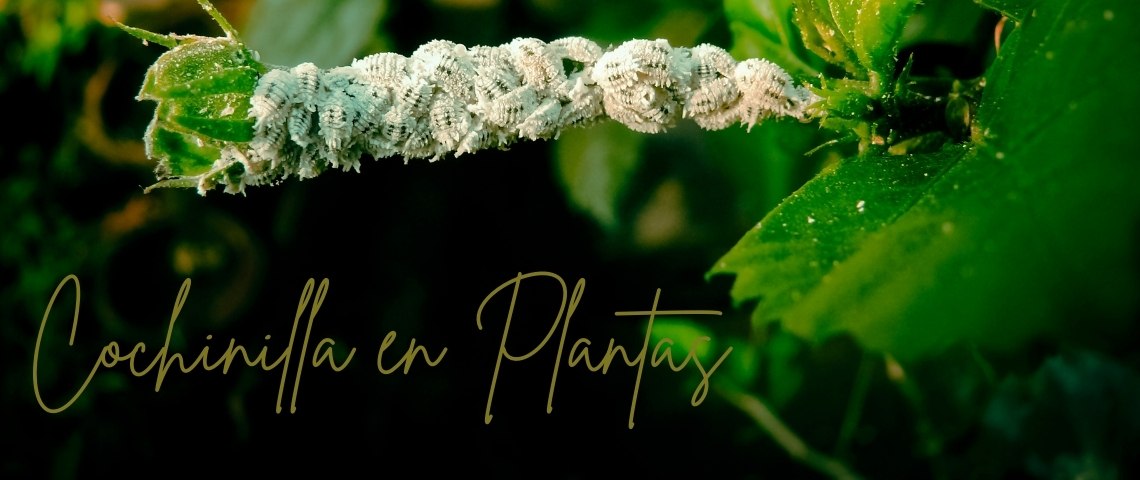
cotton mealybug
This particular species of mealybug, Phenacoccus solenopsis, is a widespread pest that frequently infests indoor and outdoor plants. It's likely that you're reading this article because you've noticed the telltale signs of its presence on your plants. As its common name suggests, the cottony mealybug gets its name from its white, cotton-like body. With no exceptions, this insect can be found on every continent except Antarctica, making it a truly global problem.
mealybugs of major importance
- cottony mealybug: has a large host capacity, can attack 150 plants, and is very common on citrus (but also on vines, coffee, mango), is located on the fruit and attracts the black fungus. It is controlled with insecticide or potassium soap.
- Pseudococcus viburni: also known as the cottony mealybug, as it also produces cottony tissue around it. They are found on fruit plants such as apple, grapevine, pear and some horticultural plants. They are considered a secondary pest (at least in Spain).
- Planococcus ficus
- cypress mealybug
- longispine mealybug
- peppers mealybug
- bougainvillea mealybug
- banana mealybug
- cactus mealybug
ants and mealybugs, a timeless relationship of association
Surely as a child you were always surprised by the intelligence of ants. Ants are beings that carry out symbiosis with plants or other insects. If you see a line of ants climbing up your plants, it is because there is something on the plant that attracts the attention of the ants, most probably there are mealy bugs, as this pest produces food for the ants. There is no doubt that the ants will protect the mealybugs as much as possible. At one time the ants even moved the mealybugs to their nest when the weather was bad and then returned them to the plant.
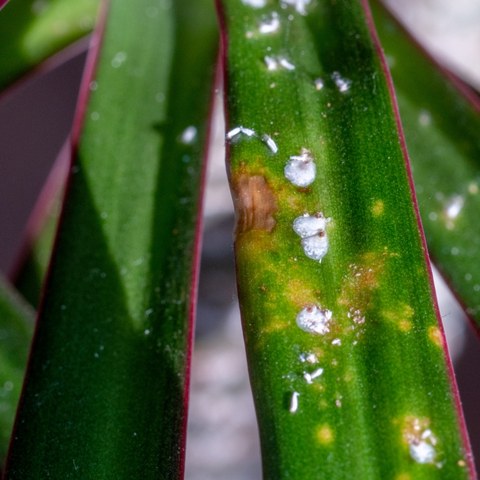
damage they cause to plants
As with any pest considered to be a plant pest, mealybugs cause damage to plants.
direct damage they cause to plants
Nowadays with modern agriculture it is possible to know the direct damage they cause to plants and the different alterations and problems caused by the different species of mealybug. In general, the damage associated with mealybugs is the weakening of the plant because the pest is constantly sucking up plant material. Sometimes, if the pest is not controlled and continues to grow on the plant, the damage of defoliation, loss of fruit and consequently the death of the plant may occur.
indirect damage they cause to plants
The problem does not end there, because the honeydew they produce (and which attracts ants) also attracts saprobic fungi which take advantage of the weakening of the plant to make a profit. They increase their mycelia on leaves and stems and thus impede the photosynthetic action of the plant, making it much more difficult for it to recover.
Where can you find mealybug on your plant?
This pest has the peculiarity of invading the whole plant, even down to the roots (incredibly so). It can attack leaves, stems, fruit and roots, as already mentioned.
Depending on the phenology of the plant, they can shelter and protect themselves inside flowers or buds if the weather is not good, and they can move anywhere on the plant at their convenience.
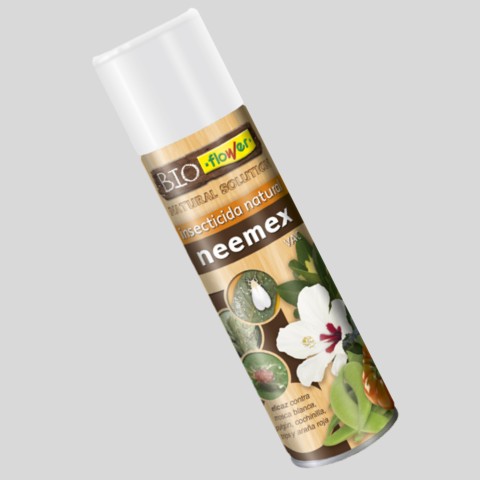
mealybug monitoring
This section of the article is devoted to how to monitor and eliminate the mealybug population detected on the plant. There are different ways to control them, such as: biological control (natural) or using chemical products.
biological monitoring
When it comes to biological monitoring, there are a range of natural predators, parasitoids, and fungi that prey on mealybugs. The natural predators of mealybugs include ladybirds (Coccinellidae), lacewings (Neuronopterans), wasps (Ccididopterans), beetles (Chamaemidae), moths (Lepidopterans), and lice (Liceopterans). The primary issue, however, is the overuse of pesticides, which can have the unintended consequence of killing off these beneficial insects, rather than targeting the mealybugs themselves.
chemical and natural products
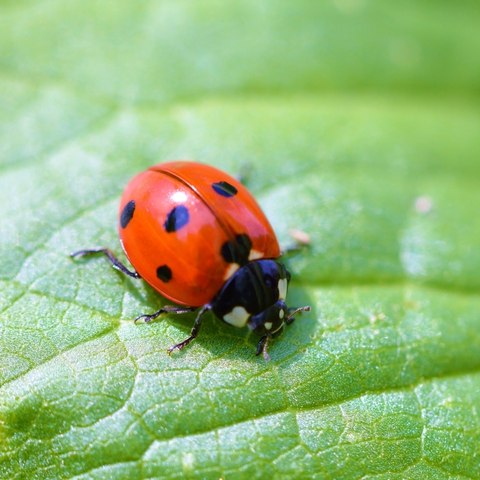
On the other hand, mealybug control involves both chemical and natural methods. Chemical controls typically employ insecticides, such as organophosphate-based products, which have proven effective against mealybugs. In contrast, natural approaches include the use of potassium soap and alcohol, which can be applied using a soft-bristled brush for indoor plants. This gentle approach is particularly suitable for delicate plants.
practices we do wrong with our plants
Excess of nitrogen, in addition to enhancing the growth of leaves and stems on plants, also facilitates the proliferation of mealybug populations.
In the case of pruning, which can also be a means of attracting and proliferating colonies of this pest, it is advisable to clean the pruning tools and check the state of the plants once the felling is complete.
take good care of your plants!
Now that you are aware of the characteristics and habits of this pest, you will be well-equipped to take swift action if you spot it on your plants. It's essential to develop a thorough understanding of your plants' normal appearance and behaviour, so that you can identify any unusual signs or symptoms promptly and respond accordingly. Regular inspections are crucial in detecting any anomalies at an early stage, allowing you to take prompt control measures before the pest can cause significant damage.
By showing your plants the respect and care they deserve, they will thrive under your attention. Make sure to provide them with the right amount of water, nutrients, and attention to ensure their overall well-being. Regular inspections will also help you identify any potential issues early on, allowing you to take prompt action to prevent problems from arising.
Gracias!